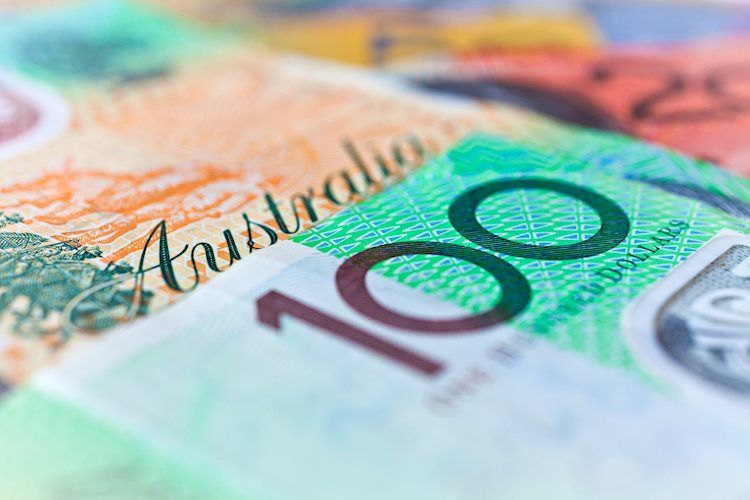The Australian Dollar (AUD) faced volatility on Wednesday, mainly due to a modest rebound in the US Dollar (USD) influenced by a hawkish speech from Federal Reserve (Fed) Board of Governors member Dr. Adriana Kugler. Dr. Kugler emphasized the need for additional data to justify a rate cut and that maintaining current rates may be appropriate if inflation is not moving towards the 2% target. This led investors to reduce their expectations for a Reserve Bank of Australia (RBA) rate hike, although the central bank is expected to delay joining the global rate-cutting cycle. The focus is now on Australian employment numbers to gain insights into the monetary policy outlook.
Australia’s 10-year government bond yield steadied around 4.2%, its lowest level in three weeks, reflecting a decline in US bond yields following comments from Federal Reserve Chair Jerome Powell, strengthening the case for a rate cut in September. Meanwhile, the US Retail Sales for June matched market expectations, holding steady at $704.3 billion. In China, the Gross Domestic Product (GDP) grew 4.7% year-over-year in the second quarter, signaling a deceleration compared to the first quarter’s expansion. As China continues to face external uncertainties and domestic challenges, it may prompt cuts from the People’s Bank of China in rates and the reserve requirement ratio (RRR).
Technical analysis of the Australian Dollar against the US Dollar (AUD/USD) shows the pair trading around 0.6740, consolidating within an ascending channel but with the RSI declining toward the 50 level, indicating a potential correction. The pair may test the psychological level of 0.6800, with resistance at the upper boundary of the ascending channel near 0.6820. On the downside, support is seen near the 21-day Exponential Moving Average (EMA) at 0.6710 and at the lower boundary of the channel at 0.6700. A break below this level could push the pair towards throwback support at 0.6590.
In terms of price movements, the Australian Dollar was the strongest against the Japanese Yen, with the USD, GBP, AUD, CHF, and NZD showing various percentage changes against the AUD. The heat map illustrates the percentage changes of major currencies against each other, providing insights into currency movements. Overall, the Australian Dollar faces external pressures from the US economy, Fed announcements, and global uncertainties that impact its strength and performance in the forex market. Investors will continue to monitor economic data releases and central bank decisions for further guidance on the AUD’s future direction.































